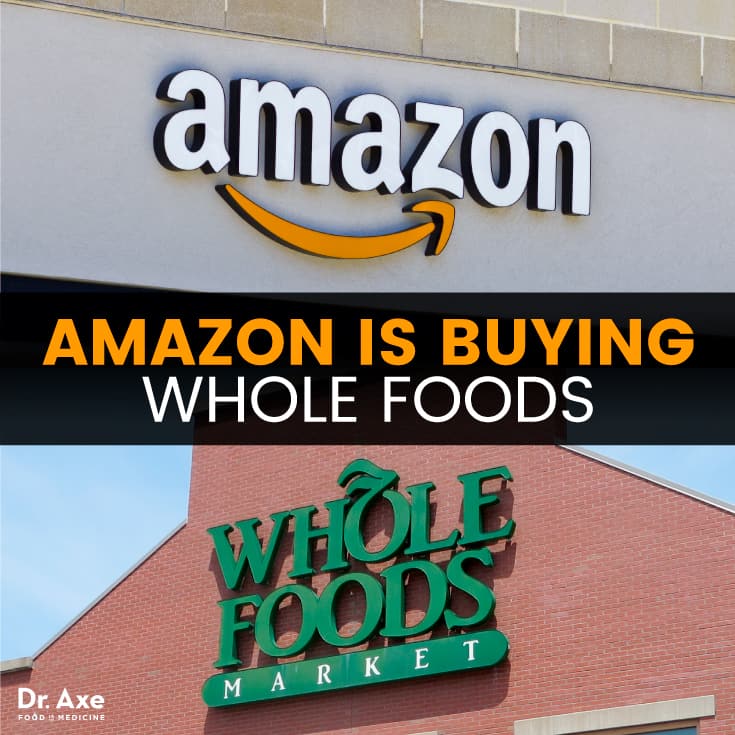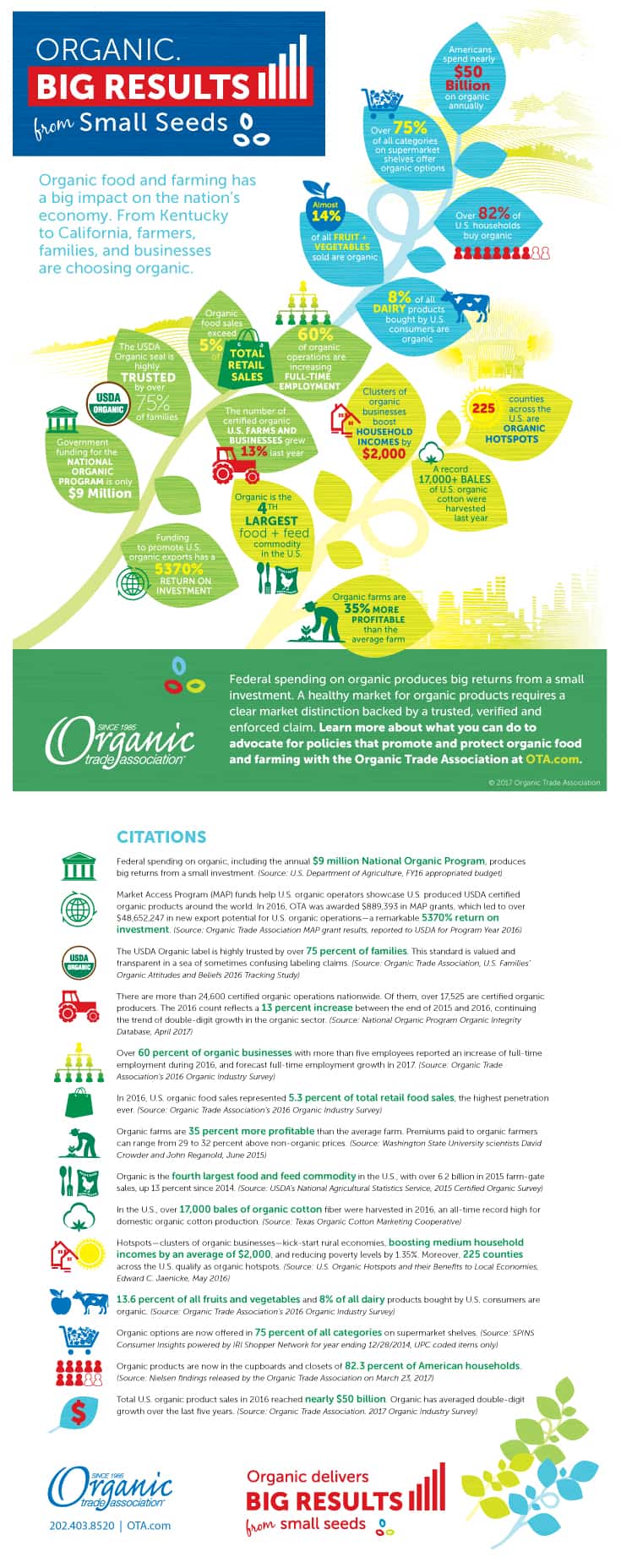This Dr. Axe content is medically reviewed or fact checked to ensure factually accurate information.
With strict editorial sourcing guidelines, we only link to academic research institutions, reputable media sites and, when research is available, medically peer-reviewed studies. Note that the numbers in parentheses (1, 2, etc.) are clickable links to these studies.
The information in our articles is NOT intended to replace a one-on-one relationship with a qualified health care professional and is not intended as medical advice.
This article is based on scientific evidence, written by experts and fact checked by our trained editorial staff. Note that the numbers in parentheses (1, 2, etc.) are clickable links to medically peer-reviewed studies.
Our team includes licensed nutritionists and dietitians, certified health education specialists, as well as certified strength and conditioning specialists, personal trainers and corrective exercise specialists. Our team aims to be not only thorough with its research, but also objective and unbiased.
The information in our articles is NOT intended to replace a one-on-one relationship with a qualified health care professional and is not intended as medical advice.
Is Amazon Buying Whole Foods?
June 16, 2017

Is Amazon buying Whole Foods? It was a bit of a shocker in the world of organics when the online giant announced it was purchasing the pioneering natural foods chain for $13.7 billion. It wasn’t initially clear what the sale would mean for consumers, but when the acquisition went through in late August 2017, we got a little hint. Prices dropped.
In a news release, Whole Foods announced lower prices on best-selling staples like:
- Apples
- Bananas
- Organic avocados
- Organic eggs
- Responsibly-farmed salmon and tilapia
- Organic baby kale and lettuce
- Animal welfare-rated ground beef
- Almond butter
- Organic rotisserie chicken
- 365 Everyday Value organic butter
- and more
The company noted Whole Foods Market’s private label products (365 Everyday Value, Whole Foods Market, Whole Paws and Whole Catch) will be available through Amazon.com, AmazonFresh, Prime Pantry and Prime Now.
Is Amazon Buying Whole Foods? The Backstory
Earlier in the summer, reports indicated that Whole Foods’ current CEO, John Mackey, would remain at the helm and noted the company headquarters will stay in Austin, Texas. And while this announcement was definitely a shakeup, it didn’t mark the first time Amazon is showing interest in real, physical stores. (1)
In fact, the company opened several brick-and-mortar bookstores in the U.S., including spots in Portland, Seattle, San Diego and New York City. (2, 3)
But buying a chain like Whole Foods? That’s taking it to a whole new level.
“Millions of people love Whole Foods Market because they offer the best natural and organic foods, and they make it fun to eat healthy. Whole Foods Market has been satisfying, delighting and nourishing customers for nearly four decades – they’re doing an amazing job and we want that to continue.” Jeff Bezos, Amazon founder and CEO (4)
But buying the entire Whole Foods chain of 400+ stores is a giant leap into grocery world. Of course, Whole Foods is still relatively “small” compared to Amazon, but the natural food grocery chain employs 87,000 people and recorded $15.7 billion in sales in fiscal 2016. (As a comparison, Amazon tallied $136 billion in 2016 sales. (5, 6)
“There have been many rumors about a sale, and one of those was with Amazon. The ones about Albertsons or Kroger or other conventional grocers I just didn’t buy – I think the cultures are too different,” explains Joe Dobrow, an expert on the natural food industry and – author of Natural Prophets (Rodale Books, 2014) and the forthcoming Pioneers of Promotion (University of Oklahoma Press, 2018). “But Amazon makes sense as a cultural fit, because both of these organizations have been all about ‘disruption’ since long before that became a mandatory word in every PowerPoint presentation.”
Dobrow says in terms of organics, he can only imagine it bodes well. “Amazon’s reach is far beyond Whole Foods’ reach, and its pockets are deeper,” he says. “If Amazon is able to bring some efficiencies to the Whole Foods operation that drive costs down, then the deal may end up helping to further democratize organics.”
The announcement of the sale of Whole Foods comes at a time when the natural food giant is struggling to grow. Sales have been sliding, despite the fact that organic food sales in general are surging. Whole Foods played a huge role in bringing access to organics to more people, but now that other box stores like Wal-Mart and other grocery chains are increasing organic options, Whole Foods is feeling the competition. In 2016, for instance, the U.S. organic sector broke sales records, including $43 billion in organic food sales, according to the Organic Trade Association. But Whole Foods sales dropped 5.4 percent. (7, 8)

Despite this growth in organics, there is a huge opportunity for growth and expansion. “The industry had kind of stalled out, even with the mainstream grocers selling more and more of these foods,” Dobrow notes. “Online seemed to present a new avenue for growth when it was came upon the scene 15 years ago or so, but it, too, never really exploded.
Today, only six percent of food sales are online.
“Perhaps this is the inflection point,” Dobrow says. “Perhaps this is the moment when the industry will take a turn and, bolstered by the infusion of innovative thinking from Jeff Bezos and Amazon, resume its expansion, in part through online sales and in part through greater in-store excitement.”
Why Is Amazon Buying Whole Foods?
Amazon hasn’t laid out a plan outlining exactly what it plans to do with Whole Foods, however, reports on Business Insider provide some ideas.
Alex Morrell writes, “For starters, acquiring Whole Foods’ 440 US stores — many of them in primo locations — will bolster the network for AmazonFresh, the company’s online grocery delivery service.” While only two AmazonFresh locations exist in Seattle at this point, buying Whole Foods could take that vision to a nationwide level. The grocery pickup service aims to allow customers to order food online and have it ready for pickup within 15 minutes. (9)
In the video below, you can see what happened when GeekWire did a test run through a recently opened AmazonFresh Pickup. Maybe we can expect more of these in the future?
Billionaire investor and Shark Tank host Mark Cuban took to Twitter to explain why he thinks the Amazon deal is a smart one. You’re probably catching a theme here. It’s all about saving time for customers. (10)
The Amazon question. Can they get your groceries to you faster than you can get to the store to shop in an Uber /lyft world ? Yes
— Mark Cuban (@mcuban) June 16, 2017
What is more valuable than your time ? https://t.co/5iaA4iChph
— Mark Cuban (@mcuban) June 16, 2017
Whole Foods’ Contribution to Organics
We can’t talk about the sale of Whole Foods without touching on how this natural food chain transformed organics in America. Back in the 60s and 70s, organic and natural foods were mostly a joke.
“Organic food was widely thought of as tasteless and ugly. Whole Foods changed all that,” Dobrow says. “They didn’t do it alone, of course, but when they built beautiful stores and developed gorgeous merchandising systems, and a whole ethic of reverence for food, that attracted lots of customers. And with the rise in demand came the rise in supply, as well as in quality. Organics became the pinnacle of the food chain, a complete reversal from where they had been.”
He said Whole Foods not only created the market, but educated people as to what organic meant, and why it was important. The chain ran classes, put out informational signage and shined the spotlight on local growers — all things that had really never been done before. “I think a large part of our food-centric culture today is the result of Whole Foods Market’s efforts,” Dobrow says.
Dobrow’s book, Natural Prophets, highlights the rise of the natural food industry in the U.S. I asked him to share a brief background of Whole Foods’ beginning.
- Whole Foods has been independent from the very beginning, when it was founded (in part by John Mackey, who is still CEO) as “Safer Way Foods” in 1978.
- The first Whole Foods Market store opened in Austin in 1980, and it was a modest affair – but still larger and more ambitious than the health food stores of days gone by.
- The company grew locally at first, then regionally, and then in the 90s began a very rapid expansion with a public offering and the acquisitions of other major regional players like Mrs. Gooch’s, Bread & Circus, Wellspring Grocery and Fresh Fields.
Final Thoughts on the Whole-Foods/Amazon Deal
- While we’ll need to wait a little bit for the smoke to clear on this newly announced deal, it will be interesting to see how this shakes up the organic food industry.
- The earliest and most exciting areas this is going to affect, in my opinion? Whole Foods will have a stronger potential to deliver organic food right to our front doors, along with having a larger online presence in the future. This is a disruptive and game-changing move by Amazon, and is a great sign for the natural health industry, proving it’s value and future growth.
- Amazon may use Whole Foods to expand its grocery pickup program for people who want to order online and swoop in for a quick pickup.
- Despite this, natural food industry expert Joe Dobrow says he doesn’t expect to see major changes inside of the physical stores. “Yes, Amazon expertise in data analytics and predictive modeling may help Whole Foods finally get it right with a loyalty program, and/or increase average basket size or transaction frequency,” he says. “But shopping for food remains a very personal and sensuous experience. For many people, it is a form of entertainment and an act of discovery, and not a chore.” He says Whole Foods gets all those things right, and Amazon is smart enough not to destroy that with “robotic stores.”
Read Next: 21 ‘Health’ Foods You Should Never Eat



